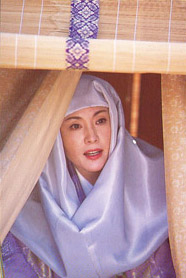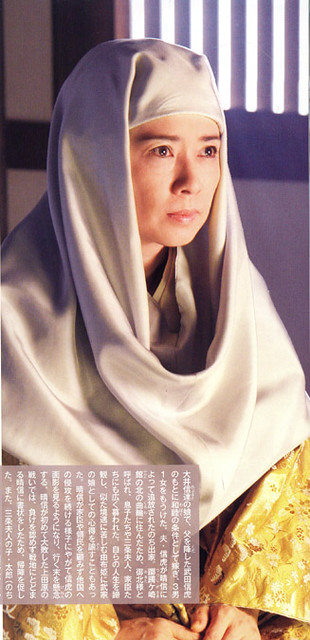I found this resource last year and thought I'd linked it here, but I guess I only had the link on Facebook.
Kanagawa University in Yokohama, Japan has done a lot of work on Nonwritten Cultural Materials. As part of a project, they put together a focus group which translated an important Japanese-language resource that identified daily items as presented in Emaki scrolls.
So far, 3 volumes of 5 have been translated. Volumes 1 and 3 are available, FOR FREE and PERFECTLY LEGALLY, as PDFs online. For some reason, Volume 2 was not put online, but is available in the US via Inter-Library Loan. Here are the links to the other two:
Volume 1: http://www.himoji.jp/jp/popup/publication/seika_010101.html
Volume 1 Glossary: http://www.himoji.jp/jp/popup/publication/seika_010102.html
Volume 3 and its glossary can be found at this page (they are pop-up links, so no direct linking!)
http://himoji.kanagawa-u.ac.jp/en/publication/research_result_report.html#pbox1_2_1
Kanagawa University in Yokohama, Japan has done a lot of work on Nonwritten Cultural Materials. As part of a project, they put together a focus group which translated an important Japanese-language resource that identified daily items as presented in Emaki scrolls.
So far, 3 volumes of 5 have been translated. Volumes 1 and 3 are available, FOR FREE and PERFECTLY LEGALLY, as PDFs online. For some reason, Volume 2 was not put online, but is available in the US via Inter-Library Loan. Here are the links to the other two:
Volume 1: http://www.himoji.jp/jp/popup/publication/seika_010101.html
Volume 1 Glossary: http://www.himoji.jp/jp/popup/publication/seika_010102.html
Volume 3 and its glossary can be found at this page (they are pop-up links, so no direct linking!)
http://himoji.kanagawa-u.ac.jp/en/publication/research_result_report.html#pbox1_2_1






